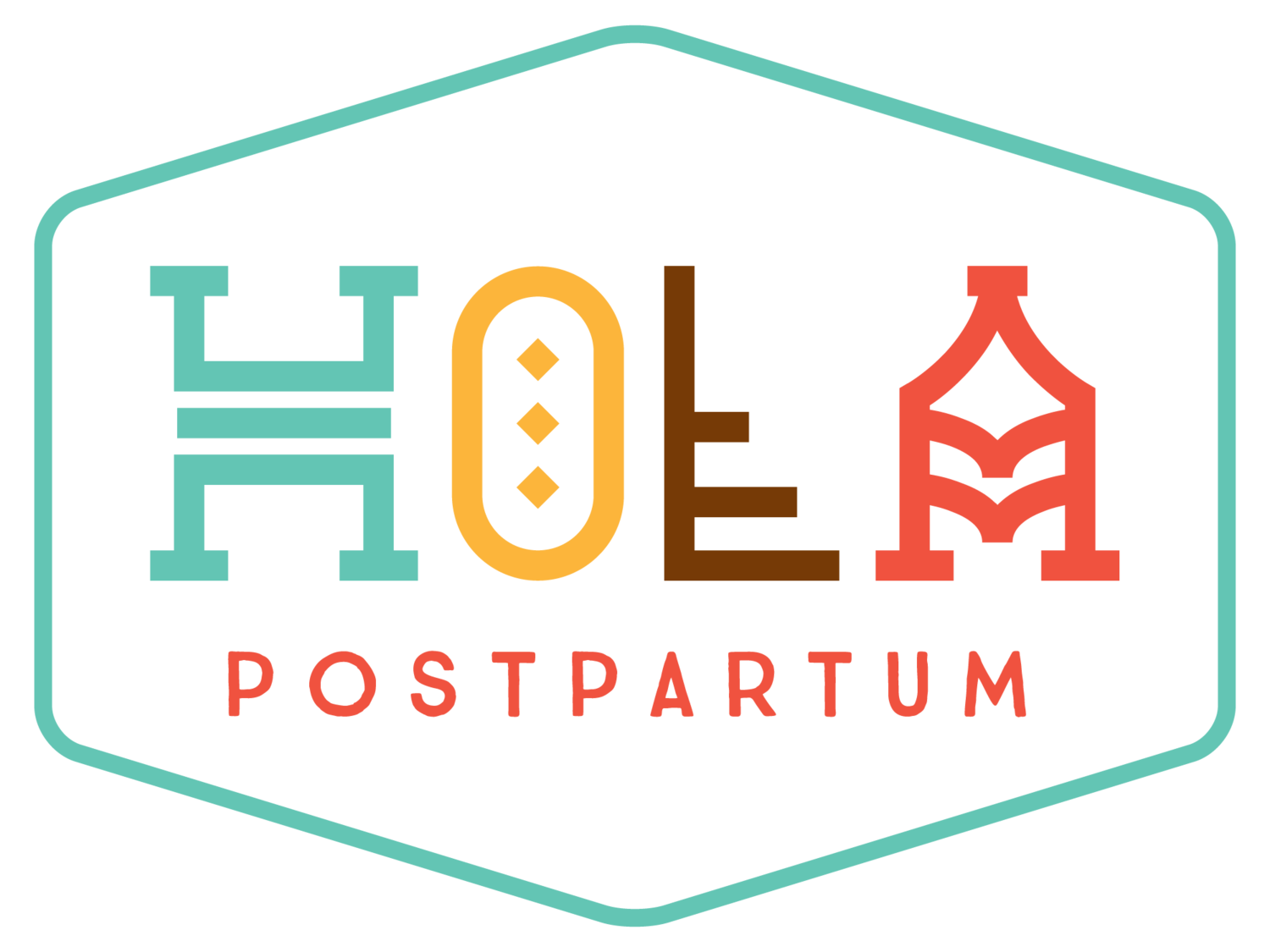Supporting Baby’s Transition encourages Your Sleep Transition too
With the end of Daylight Savings coming up on Nov 7th, it is time to make some small changes to help make the transition easier for the whole family.
Typically we as adults can make the shift within a day or two to the time change. It takes us a bit because we focus more on the clock and our day’s schedule (plus we get slightly bummed when we see it is dark at 5pm now).
Our babies are a different story. Babies thrive off of patterns and toddlers off of routines. Typically what disrupts their sleep more than the upcoming time change is their neurological and developmental growth spurts, teething, illness, or the array of changes their bodies go through in the first few years.
Babies/toddlers need a few simple approaches from their parents to make this upcoming time change easier for us as parents, and thus a smoother one for them too.
Recognize Baby/Toddler Sleep Cues
As it will soon be darker sooner, we as adults start to feel tired sooner as well because of the lack of light at 5pm. That is our Melatonin being released within our body as it places us into quiet wakefulness. Our babies’ melatonin production, and circadian rhythm, are not fully present until 12weeks of age. So it is best to look for sleep cues: disengagement with play, yawning, red eyes & rosy cheeks or fussiness are a few of the best indicators of when we should work towards bedtime. Work with, not against, babies/toddlers’ sleep signals and cues regardless of the time on the clock…which brings us to our next tip.
Focus on Pattern/Routine more than Schedules
You’re probably looking at this and wondering ‘What’s the difference?’. As adults we focus on schedules such as ‘Out the door by 8am, day care by 820a, on the road by 830a, at work by 9a, pump at 10a, meeting at 1030am, etc.’ Our schedules are based off of the clock. Our babies and toddlers are fully unaware of the clock and its time, but they know it’s time to leave the house because they had food at the high chair, were cleaned up, played on the floor while they watched you run around house to get ready to leave, their jacket was placed on them, and then into their carseat. Routines, patterns.
So with the time change, we as adults may focus on the time on the clock, but our children will be driven by their routine/patterns. Focus on keeping the routine or bedtime pattern consistent to for a smoother transition into bed.
Ensure Sleep-Friendly Environments
This may be easier as we “fall back” it will be dark at bedtime in comparison to “spring forward” where there is more light at bedtime. For this tip, you’ll want to keep the foundation of sleep-friendly environment for your little one: cool, dark, white noise machine and no night light (some babes are very sensitive to just a bit of light).
Place it all Together
Look for your babies/toddlers earliest sleep cues, begin your regular bedtime routine/pattern and at the end of the routine/pattern where baby is nursing to sleep or when toddler is drowsy ensure the sleep environment promotes sleep.
Follow your baby/toddler cues, and don’t look at the clock too much. It is normal babies and toddlers to wake at night that has nothing to do with the end of daylight savings. Our children need our support and guidance and as they mature, so will their sleep. Allow the time change to encourage a slowing in your evening and learning more about your little one. It’s hard for us all, and you are doing amazing!
